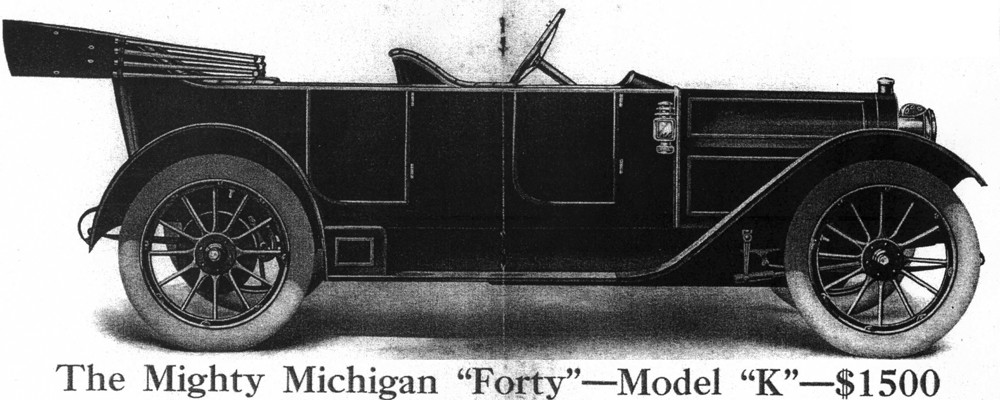In Mid-March I worked for a steady 4 days to correct issues with the thrust bearing adjustment mechanism on the torque tube. It involved hours of attempting to get better access through the little adjustment door. I had to rig a torque tube support to the rafters so that I could get the best angles for work. The photo does NOT show the straight up and down orientation that was required.
The thrust bearing was trapped in the torque tube. There was no way to get it out through the ends of the tube and it was clearly meant to install or remove through the adjustment door. But it could not be removed because of restrictions in the torque tube casting. I spent DAYS carefully grinding, filing to open the area up without damaging the threads in the tube or on the bearing race. It was very fine work with magnifying lens goggles & Dremel tools with tool steel burrs. Finally the casting was opened up enough to fully unscrew the bearing race and remove it.
An unforeseen problem presented itself next. The bearing would fit nicely back through the little door,but would NOT thread back into its correct position. I fought with the little #%$#&* for a solid 8 hours (over 2 days when you would NOT want to have visited me.) It had been in there. It had threaded out nice and smoothly. But it would NOT thread back in without starting to cross thread. I tried every trick I knew about getting this thing back in. NO DICE. So I slept on it. Not literately, but I did walk away and didn’t deal with it for a day or two. In thinking about the problem it occurred to me that the torque tube was a combination of steel tubing with some cast iron and bronze inserts. The thrust bearing race was bi-metal. The outside edge was steel (where the notches were cut and the threads were located and the inside (the actual bearing race) was some bronze alloy. Bi-metal pieces tend to be a bit “flexy” or “bendy”. And this flexy or bendyness is increased with changes in temperature. Could this bi-metal bearing have expanded or sprung bigger when I removed it from the torque tube? Hmmmmm. Why not cool this thing and see if it shrinks?
Off to the local Albertson’s supermarket where they sell dry-ice. I packed the bearing in the stuff and got it really cold, inserted it into the little doorway and gave it a spin. BINGO! No muss, no fuss — It went in LIKE THE LITTLE $%*&^*(&^ WAS SUPPOSED TO GO IN. Problem solved – lesson learned. Everything’s cool.





